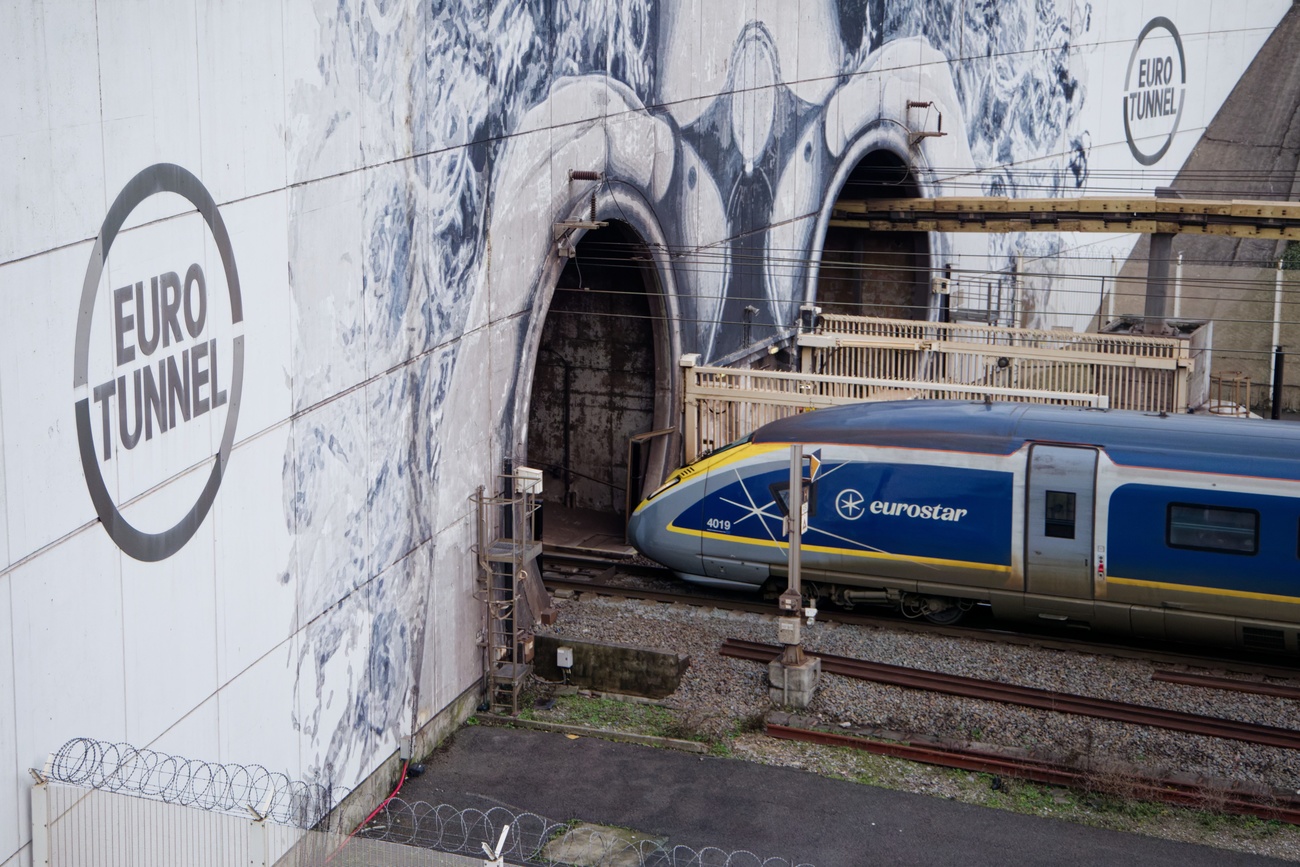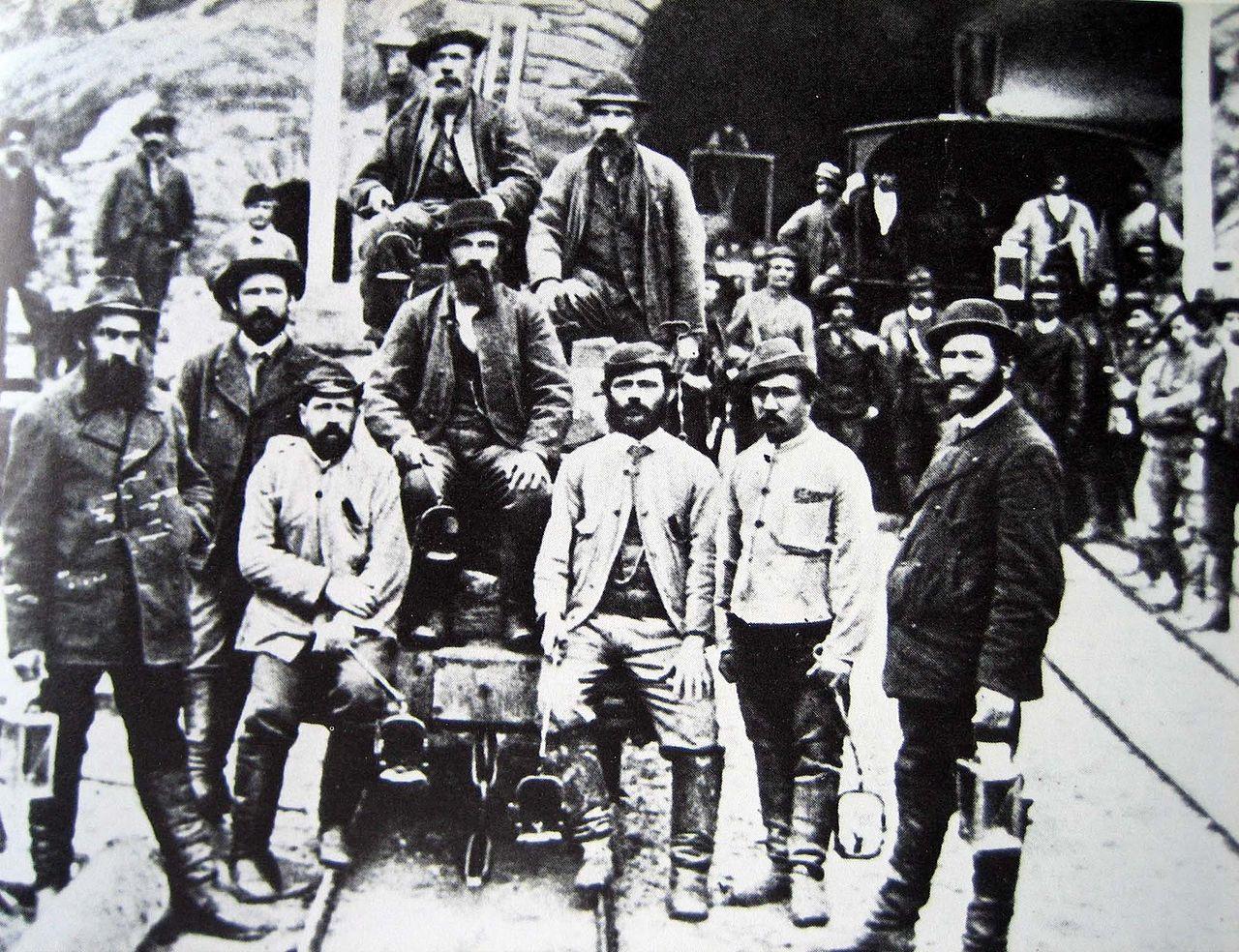Switzerland’s shortest private railway turns 125 years old

Four stations on four kilometres: the Oensingen-Balsthal Railway (OeBB) has successfully resisted being replaced by a bus service several times in its long history.
The route network of the OeBB is just over four kilometres long. The private railway in the canton of Solothurn serves four stations. The journey on Switzerland’s shortest independent railway takes eight minutes. According to its own information, it is the “shortest, European interoperable railway line in Europe”.
The railway has been operational for 125 years, although a bus replacement has been discussed time and again. Voices critical of the railway were only recently heard in connection with the vote on the Klus bypass. The OeBB is partly responsible for commuter congestion on the roads due to its railway crossings.
A passenger on the train says that there would perhaps be less congestion without the railway. Then the barriers would not be closed four times an hour. The woman travels by train from time to time.
“When traffic builds up in the Klus, especially in the mornings and evenings, it can cause problems for the bus. The train has the advantage,” says another passenger. He uses the OeBB on his way to work.
Short route with enough passengers
“50 years ago, it was a big issue whether the railway should be discontinued. In the meantime, it has become clear that we transport 600,000 people a year,” explains OeBB Managing Director Markus Schindelholz. The number of passengers is now higher than before the pandemic. And freight transport has also increased in recent years.
OeBB is in the black. And federal statistics show: The cost recovery ratio was over 40% last year. That is significantly better than many other routes.
From 5.30 a.m. to 8 p.m., the regional trains run as the S22 between Oensingen and Balsthal. After that, buses are used. Oensingen is an express train stop. There are also connections to the Aare Seeland regional railway and various bus and Postbus services.
The OeBB does not only operate on its own network. They offer extra journeys throughout Switzerland. In addition to various steam trains with saloon carriages, the company also owns a “Red Arrow”, one of the legendary railcars.
The municipality saves the railway
The OeBB line was originally built primarily for industry: the von Roll ironworks in Klus and the Tela paper factory in Balsthal. The companies wanted a railway connection to the Olten-Solothurn line for their heavy goods. On July 17, 1899, after around a year of construction, the railway began operating with eleven daily connections. The trains replaced the previous stagecoaches.
Passenger and goods trains have been running electrically since 1943. The constantly rising coal prices forced OeBB to do so. Conversion to bus operation was also an issue on several occasions, for example in the 1970s. Many employees were made redundant at the von Roll factory, the railway had fewer passengers and passenger transport was in the red.
The company therefore only wanted to operate freight transport. However, the population opposed this. As a result, the voters of Balsthal decided at the ballot box that their municipality should become the majority shareholder. Balsthal still owns most of the shares today.

In compliance with the JTI standards
More: SWI swissinfo.ch certified by the Journalism Trust Initiative














You can find an overview of ongoing debates with our journalists here . Please join us!
If you want to start a conversation about a topic raised in this article or want to report factual errors, email us at english@swissinfo.ch.